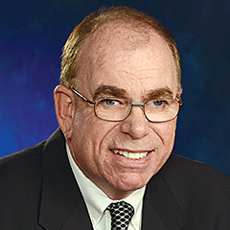
Why do your residents’ drugs cost so much?
One reason is the high cost of actually bringing a new medication to market. It can take a decade and more than $1 billion to move a new medication past federal regulators.
Nor should we forget that drug companies are, after all, for-profit enterprises.
Put those two factors together and it’s not too hard to see why price hikes that outpace inflation are commonplace for both old and new meds.
But one of the biggest drivers may be something you’re not likely to see on a direct-to-consumer advertisement any time soon: free food.
Physicians who accept comped meals from pharmaceutical manufacturers are far more likely to prescribe that firm’s branded drugs for Medicare patients than cheaper generics. At least that’s the clear implication in a new study that appears in JAMA.
Investigators looked at more than 63,500 payments made to nearly 280,000 doctors. More than nine-in-10 of the meals cost less than $19. The freebie food was usually served up in restaurants, meetings and physician offices.
For the study, prescribing habits for four classes of drugs were examined — statins, antidepressants and two drugs for blood pressure. Investigators selected top-selling brand-name drugs from each class for which they said equally effective generic versions are available.
Colette Dejong, one of the study’s authors, said she was surprised that such small payments could make such a big difference in prescribing patterns. But I’m not.
Many of us are taught at an early age that there is no such thing as a free lunch. When a stranger supplies one, I suppose it’s possible that he or she is driven by nothing more than the chance to spread knowledge. But it’s far more likely this person may want a little something in return.
Judging by the way so many well-fed docs chose brand names over generics, it’s pretty clear they understood the difference.
John O’Connor is editorial director of McKnight’s Senior Living. Email him at[email protected].



